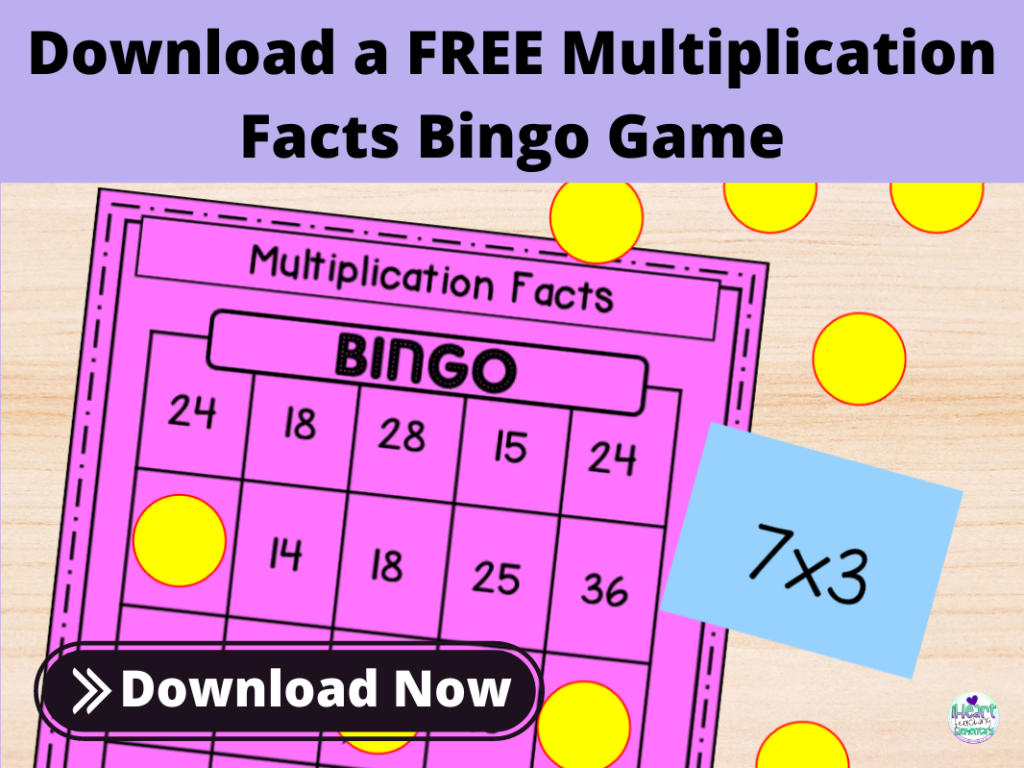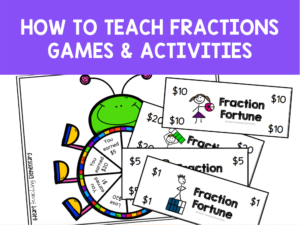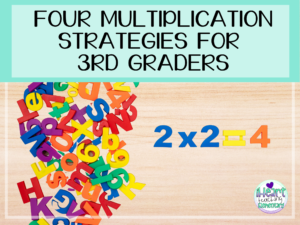Want to know the secret about how to teach multiplication strategies so it’s engaging? Use food! Not really but using food to teach and practice some of the strategies makes it way more fun. I use crackers and chocolate candies to teach groups and arrays. (If you have kids with food allergies you can use any type of counter instead of chocolate candies and sticky notes instead of crackers. Either way, they’ll be engaged!)
I’ve written posts about multiplication games and multiplication fact practice ideas. Today I wanted to give you ideas for teaching the strategies.
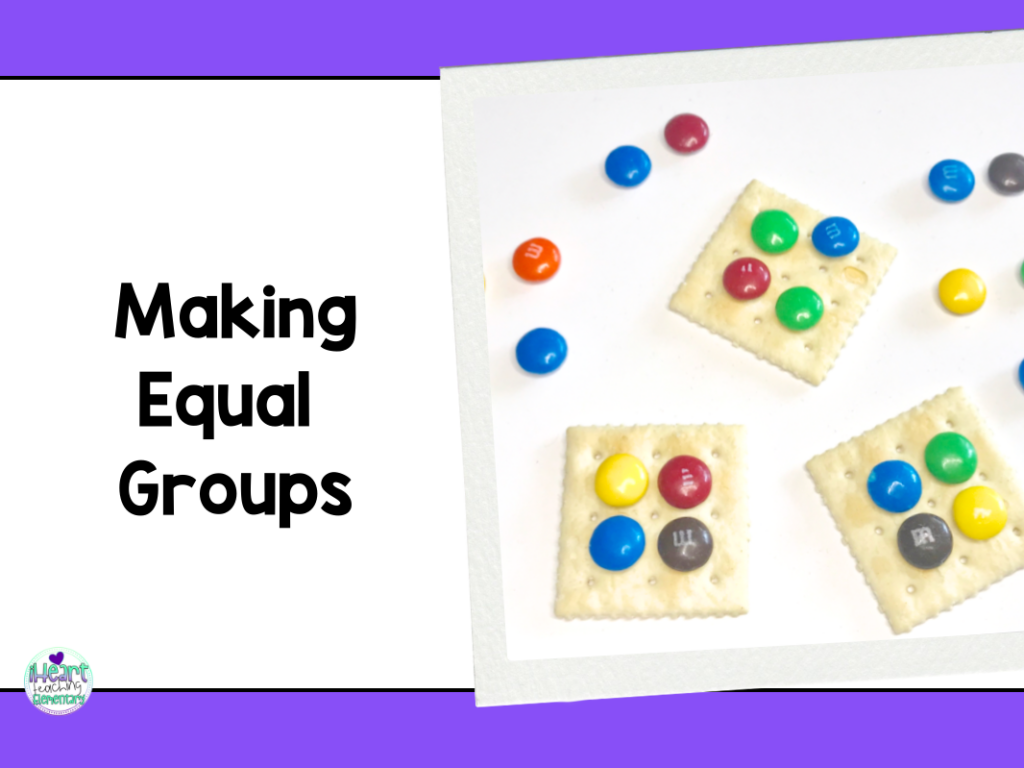
Multiplication Equal Groups
Depending on my students, I teach making groups and making arrays on the same day. (If my students are struggling in Math, I break it up into separate lessons.) The first strategy I teach is how to make groups. I write a multiplication fact on the anchor chart and ask them how we can use groups to solve it. After getting a couple of ideas, I model how to draw that on the anchor chart. The kids create the groups with the crackers and chocolate candies.
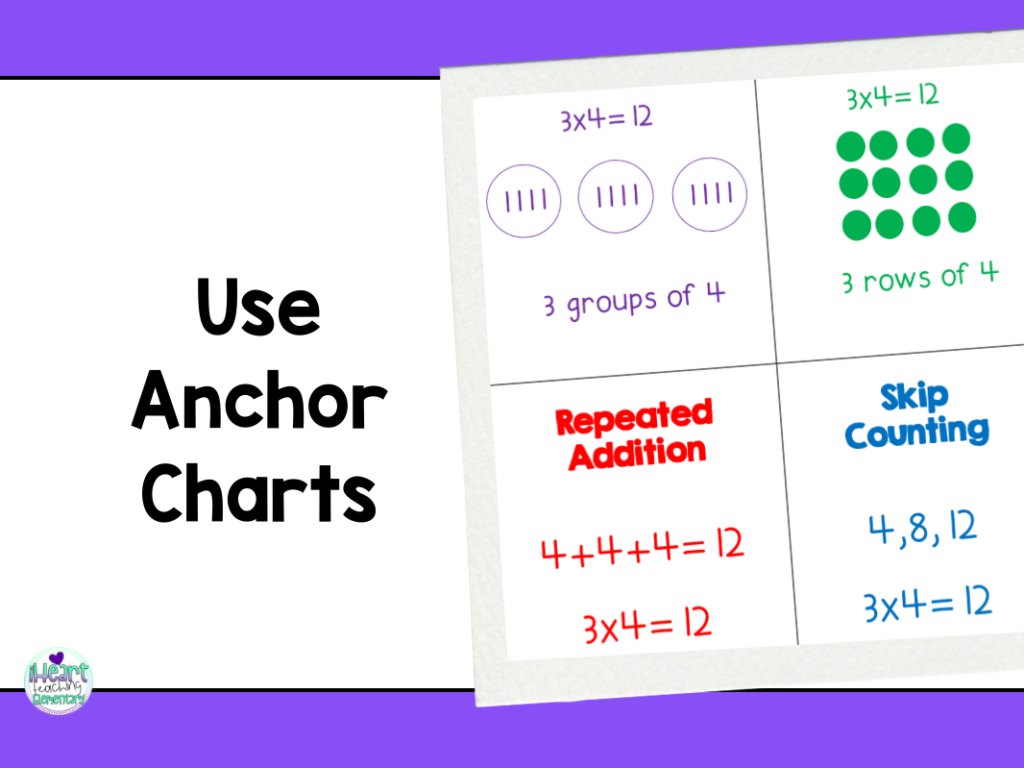
After going over the product, the kids complete the group section of the anchor chart in their own notebooks.
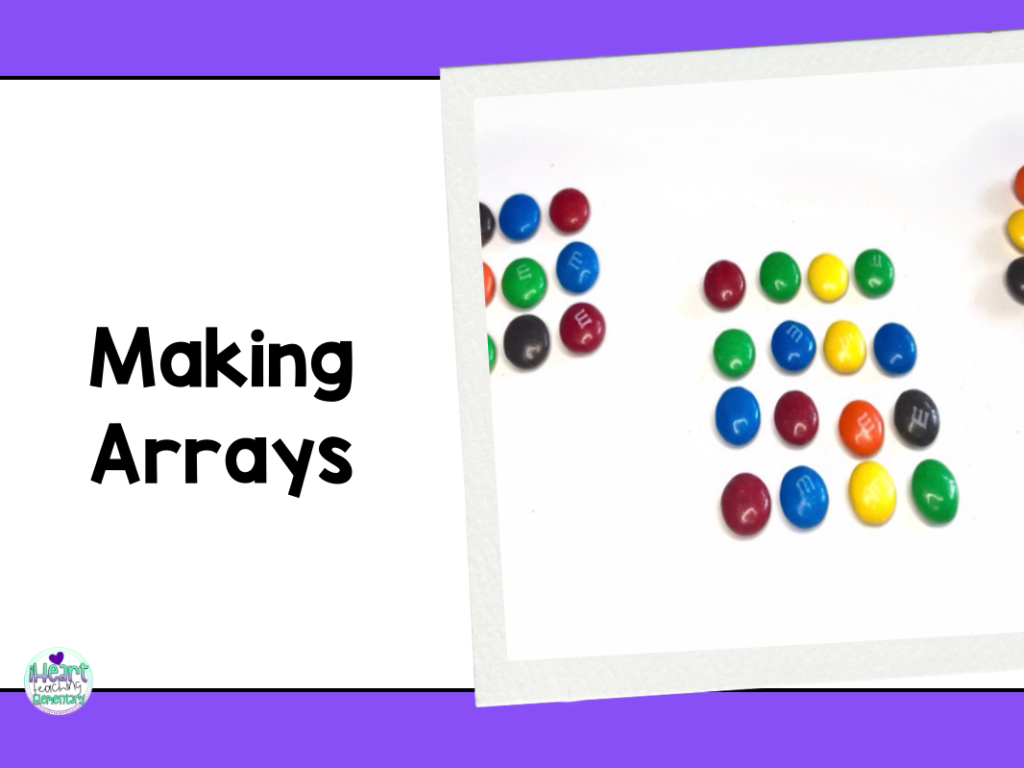
Multiplication Arrays
The next strategy is making an array. I write the same problem again but this time I go over how to make an array and draw the example on the anchor chart. The kids create the same array using the chocolate candies and we go over the product. They record the new strategy in their notebooks.
I continue by writing different multiplication facts on the board. The kids use the crackers and candies to practice both strategies and solve for the product. As we go through each one, the kids record their work in their math notebooks. After a few problems I let them choose whichever strategy they prefer.
Multiplication Repeated Addition
To teach repeated addition, I use pictures that have a commonality to model it. For example, I will have 4 pictures of dogs, 4 of cats, and 4 of birds. I model how to add 4+4+4 to get a total of 12 animals. I record this on the anchor chart and the kids do the same in their notebooks.
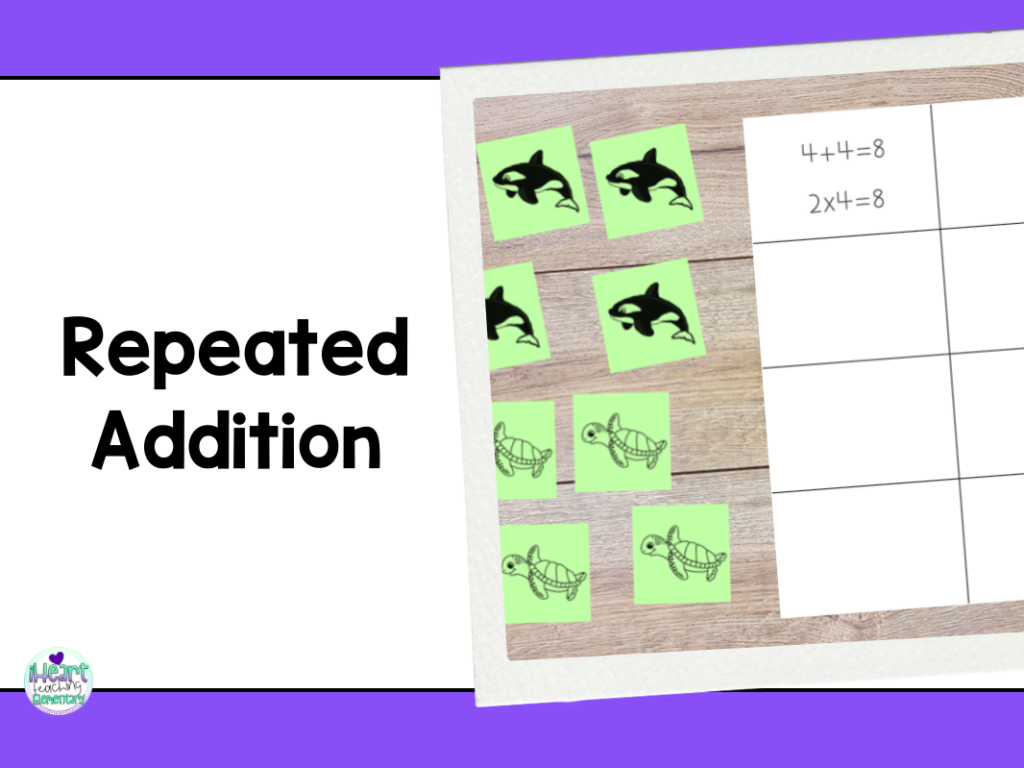
To practice, I set up 8 groups of pictures around the room. The kids divide up a page in their notebook into eighths. They go around the room to the different groups of pictures and write down the repeated addition problems that could be made with the pictures. They must write the multiplication fact that goes along with it so that they can understand the relationship between addition and multiplication. After the activity, we go over each set of pictures to confirm their answers.
Multiplication Skip Counting
This is the easiest strategy for me to teach because by the time they have gotten to 3rd grade, they have practiced skip counting in the primary grades a lot. I write a problem on the anchor chart and ask how we can use skip counting to solve it. For example for 3×4, you can skip count by 3 or 4 until you get to 12. I record this thinking on the anchor chart and the kids record it on theirs.
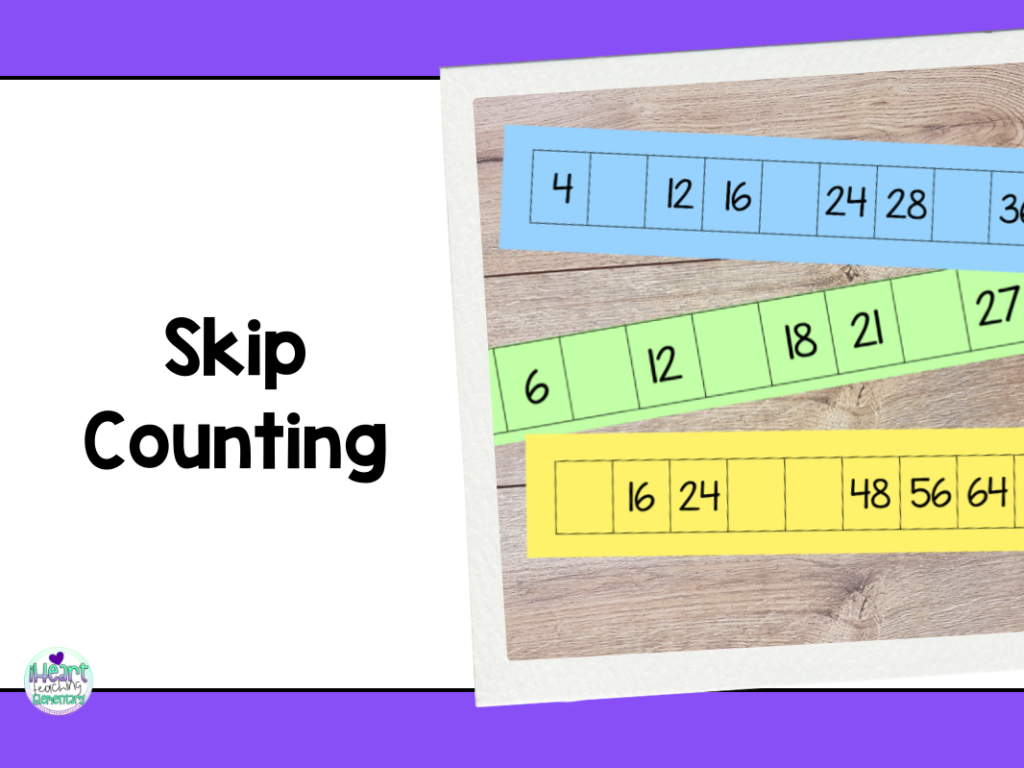
To practice skip counting, I create strips of papers with multiplication patterns on them. Some of the numbers are missing from each pattern. I place them around the room and the kids go around to solve for the missing numbers. They have to skip count to be able to figure out the missing numbers. I have them record each pattern in their notebooks. This keeps them accountable and helps them retain the skip counting patterns.
I hope I’ve given you some ideas on how to teach multiplication. If you use any of them in your classroom let me know!
